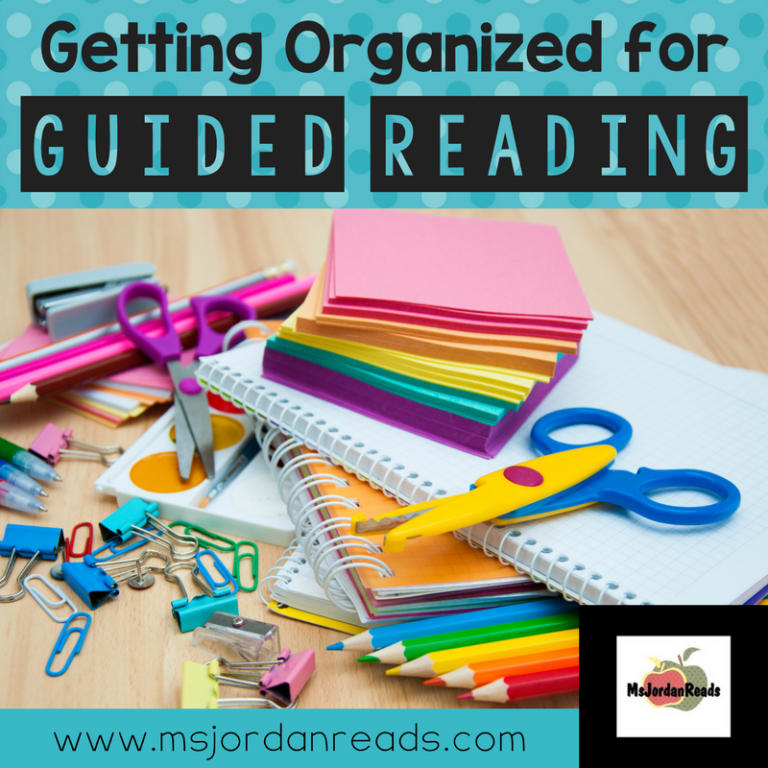Reading Fluency “Pulse Checks” Using a One-Minute Read
As we all know, time is valuable, especially at the beginning of the year, which is why quick and easy assessments are KEY! The goal is to identify student strengths and weaknesses so that you can create an individual or small group intervention plan. Progress monitoring is also be essential, as you’ll want to continually monitor how students are doing with the goals you’ve established.
One-Minute Fluency Assessment
Fluency is a bridge to comprehension and an important component of a student’s overall reading proficiency. For a quick “pulse check,” or to determine if fluency is an area that you need to focus on, you may wish to administer an informal one-minute read of a grade-level passage. (You may even wish to do this with your entire class!)
These assessments can serve as a screening tool to identify which students may need fluency interventions, and to determine if further assessments are necessary. Although there are other ways to assess fluency, these one-minute reads are a perfect for collecting baseline data and helping you get started with your small reading groups. With a quick analysis, you can pinpoint specific skills to focus on and get started with your individualized instruction!
How to Administer a One-Minute Fluency Assessment
If you don’t have fluency passages on-hand, you can easily create one using a oral reading passage generator. Find a grade-level appropriate passage and just copy/paste it into the generator! In just a few seconds, you’ll have a printable passage with sentence and passage word counts automatically generated for you (because really… who has time to count all those words?!).
For this quick assessment, set your timer for one minute and have your students read the passage aloud to you. Mark the student’s errors and the stopping point. (NOTE: This is not a running record so you do not need to do a miscue analysis, or even mark what the miscues are. A simple slash for miscues and a bracket to show where the student stopped at one minute is sufficient!)
How to Score a One-Minute Fluency Assessment
Using the information from this one-minute read, you can easily calculate accuracy (percentage of words read correctly), as well as automaticity and pace (correct words per minute). Correct words per minute (cwpm) is calculated by taking the total number of words read in one minute and subtracting the number of errors. Only count one error per word!
There are a few ways to score these assessments, but I use the Hasbrouk & Tindal (2017) norms chart to determine where a student falls with their oral reading fluency (ORF) percentile. Research shows that “students scoring 10 or more words below the 50th percentile using the average score of two unpracticed readings from grade-level materials need a fluency-building program.”

You can also use a fluency rubric to evaluate a student’s prosody (i.e., phrasing, expression, smoothness, pace) and determine a need for fluency interventions. Any fluency area scored as a “1” would be a great starting point for interventions and remediation. You can group your students by fluency needs or just use this information when coaching and guiding students during 1:1 reading conferences or small group instruction.
Free Fluency Anecdotal Notes Form
Ready to start assessing but need a way to record your anecdotal notes? Download a FREE fluency anecdotal form from my Fluency Boot Camp resource to help you jot some notes down about your students fluency behaviors. (This resource will only be available in my FREE resource library soon. Sign up to access my exclusive resource library and to get resources like this one delivered to your inbox!)







